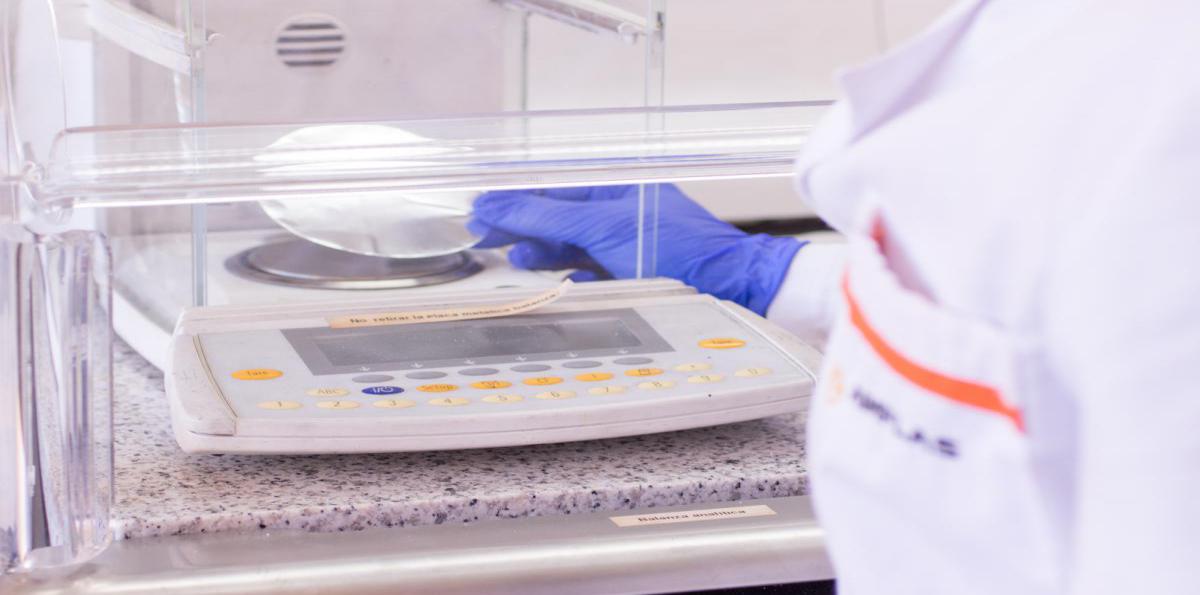Formaldehyde emission in vehicle interior components

The automotive sector, in its interest in continuously improving the quality of vehicles and all their components, as well as the safety of users, is concerned to develop standards and define requirements that facilitate this objective.
Volatile Organic Compounds (VOCs) and Semi-Volatile Organic Compounds (SVOCs) emissions from vehicle interior components are one of the areas regulated by these standards, with the aim of improving the vehicle interior air quality. This prevents effects such as the condensation of substances on the windows (fogging), or odour nuisance, for example.

Over the years, automobile manufacturers have developed many specific standards for the sampling and analysis of VOCs and SVOCs. They also set emission limits for substances such as formaldehyde, acetaldehyde, benzene, styrene, xylenes and phthalates, among others.
For the measurement of the formaldehyde emission, the bottle method and subsequent analysis by UV-visible spectroscopy is applied, which consists in forcing the formaldehyde emission, collecting it on the water contained in the test vessel, the subsequent derivatization of formaldehyde (Hantzsch reaction) and determination by means of UV-visible spectroscopy. This method is laborious and complex, due to the number of steps to follow.
In AIMPLAS, the method has been improved by incorporating a continuous flow analyser that replaces much of the manual work, thanks to the automation of several phases of the process. The method has been validated and very precise results have been obtained, which allow the analysis to be carried out safely and quickly, with great time savings compared to the standard method described in the automotive standards. All of this improves response times and product validation times.